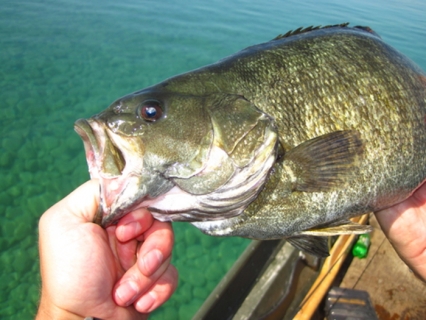I know many anglers who go through great pains to make sure their tackle setup for a day on the water is precisely what they’ll need to handle big fish and big fights. Some fishermen won’t set foot out the door with anything less than 14-pound braided line or a 7-foot, medium action rod. However, I believe that by only fishing with said tackle, such individuals are potentially missing out on the excitement that walks hand in hand with ultra-light tackle.
Fishing with ultra-light tackle requires a bit more from anglers than they might be used to, so we’ve broken it down for those who’ve never gone ultra-light before.
As its name implies, ultra-light fishing entails using a very light action rod, light line (usually in the 2 to 6-pound range), and small lures. While some may scoff at the smaller tackle, ultra-light gear and the tactics associated with the technique often times catch more fish. The true purpose of fishing ultra-light is the ability to cast lures much smaller than we’d be able to cast with heavier tackle. Bass will be more willing to grab lures in the 1/16 to 1/32-ounce range than they will larger ones, and these smaller lures will also attract species like crappie, perch, and rock bass.
RELATED: 3 Tips for Fishing Ultralights on Salt Flats
Where a bass setup is designed to muscle a fish to the boat, an ultra-light combo is made to “play” a fish. When fishing ultra-light, you can’t just reel and reel and reel; the lighter line will simply snap under the strain. Learning how to adjust drag properly in an effort to tire the fish is imperative, and takes practice. Much like float fishing for salmon and trout, the object is to hook the fish and keep them hooked while they wear themselves out to a point where you can reel them in. This requires a mixture of patience and familiarity with your reel’s drag system.
A good way to set the drag is to attach your line to a fixed object and back away from it while unreeling around 20 yards of line. Tighten the drag and pull on the rod until the line is almost at its breaking point. Then, loosen the drag until it begins to give out line.
You’ll also want to keep your rod tip up during the fight, so the fish spends the duration fighting the spring of the rod’s natural spine, which will help wear the fish down quicker. Also, in tight waters where cover is plentiful and fish have opportunities to snag your line, you’ll also need to steer them away by applying steady pressure and turning them away from such objects.
RELATED: What Makes a Good Frog Rod?
As far as tackle goes, anglers have many products from which to choose when creating an ultra-light setup. There’s no shortage of line out there, and many anglers actually prefer lightweight braids, which are thin, strong, and won’t break, when fishing ultra-light. Several companies make rods designed for ultra-light fishing—St. Croix, Bass Pro Shops—and when choosing one to suit their needs, anglers should pay attention to the action, the length, and the price tag. Shorter models are ideal for tight areas where foliage can interfere, but longer rods offer more castability and strength during a fight. Ultra-light lures come in a variety of shapes and sizes, including small crankbaits, spinnerbaits, topwater lures, plastics, and even spoons. Use such baits where natural forage is small, pressure is heavy, and water is clear, and you’ll be in good shape.
I think every angler should try out ultra-light fishing at least a few times, and I’d even go further and say everyone should keep an ultra-light combo and tackle on hand. The light action rod, thin line, and small lures associated with ultra-light fishing offer a ton of excitement and a very rewarding experience that is hard to match. Prepare for the endeavor by picking up the right gear setup, carrying pliers to handle the small hooks of ultra-light lures, and a landing net, as after a long fight, even a sudden shake near the boat can snap your line. If you’ve been looking for something different when fishing your local waters, ultra-light may be just what you’ve been waiting for.
Fish gallery
-
Fishing Files

-
Striped Bass
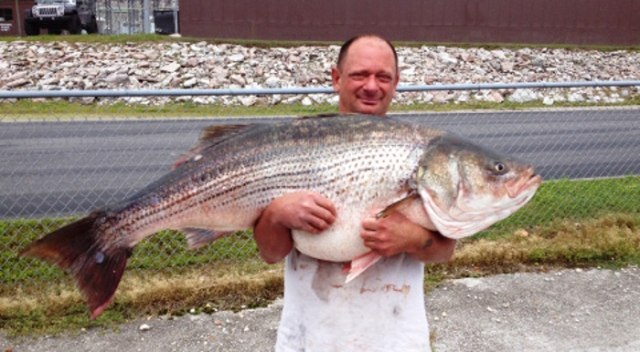
-
Fishing Files

-
Smallmouth Bass

-
Fishing Files
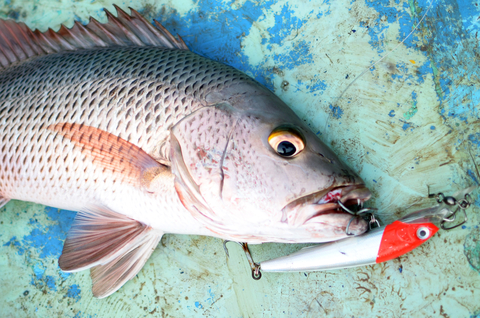
-
Fishing Files

-
Largemouth Bass

-
Fish fail in Russia

-
Bait fish

-
Fishing the weeds

-
Fishing Waders

-
Old Man Fishing
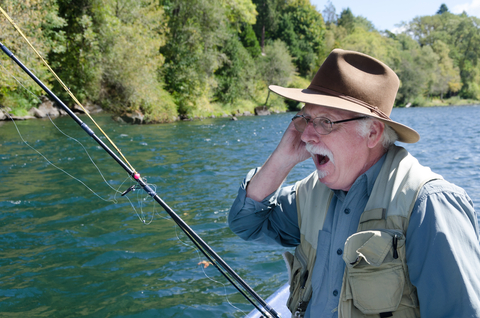
-
Fishing
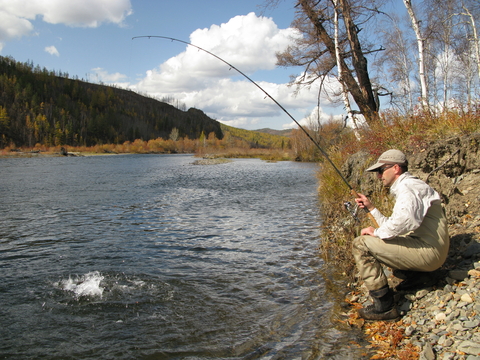
-
City Fishing

-
Fishing the cold

-
Fishing sunset

-
Bank fishing

-
Day glow fishing boat
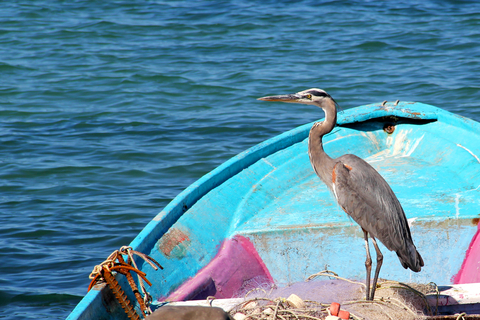
-
Fishing Pro

-
Fishing

-
Fly fishing

-
Fishing Files

-
Fishing Files
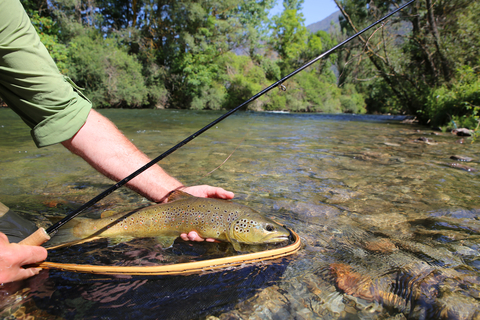
-
Fly reel

-
Gar Fish

-
Golden Trout

-
Ice Auger

-
Ice Fishing

-
Halibut

-
Bass Fish

-
Lobster Dog

-
Marlin Fishing
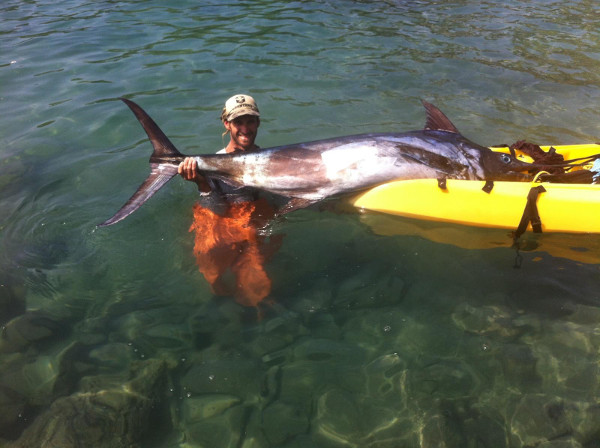
-
Muskie

-
Fishing Files

-
Nymph

-
Oarfish

-
Obama Fishing

-
Panfish

-
Pelican

-
Fishing Files

-
Fishing Files

-
Fishing Files

-
Fishing Files

-
Fishing Files

-
Fishing Files

-
Fishing Files

-
Fishing Files

-
Fishing Files

-
Snakehead

-
Spinner Shark

-
Spotted Bass

-
Striped Bass

-
Sturgeon

-
Fishing Files

-
Trout Fishing

-
Fishing Files

-
Fishing Files

-
Fishing Files

-
Fishing Files

-
Northern Pike

-
School of Karanteen

-
Walleye

-
Goliath Grouper

-
Barracuda

-
European Chub

-
Drum Fish

-
Grouper

-
Blue Catfish

-
Catfish

-
Star Puffer Fish

-
Napoleon Fish

-
Smoked Trout
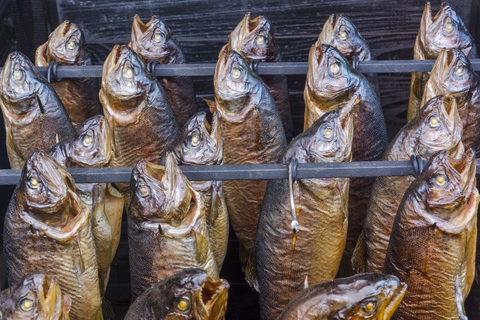
-
Perch
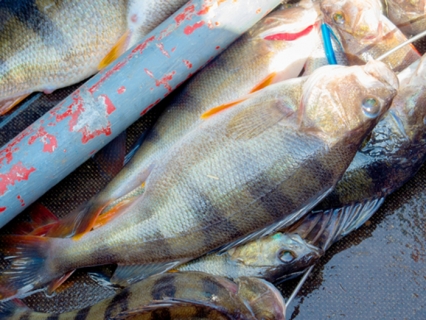
-
Smallmouth Bass
